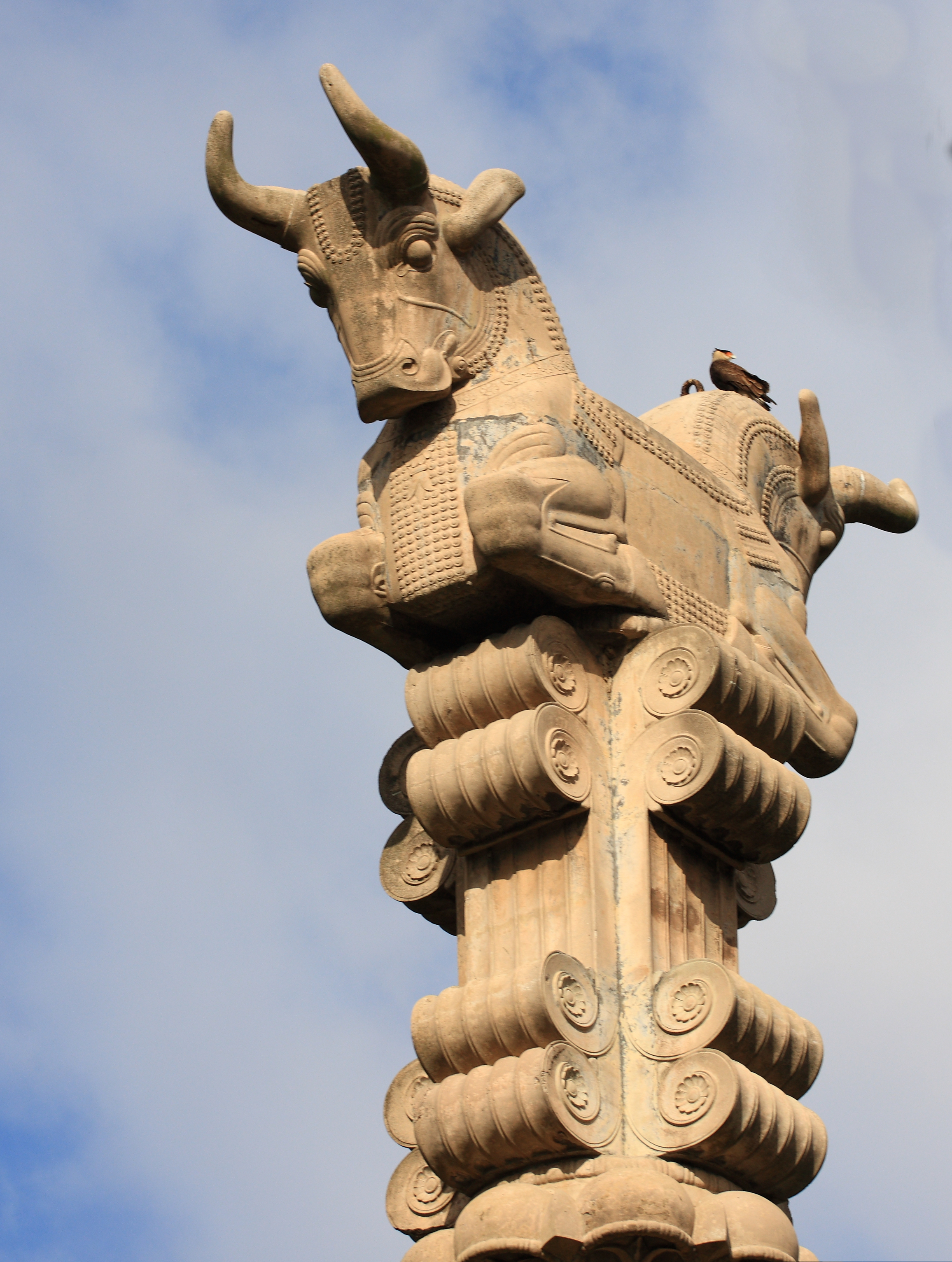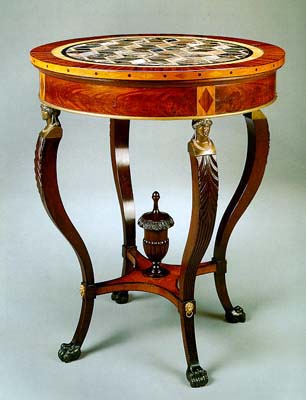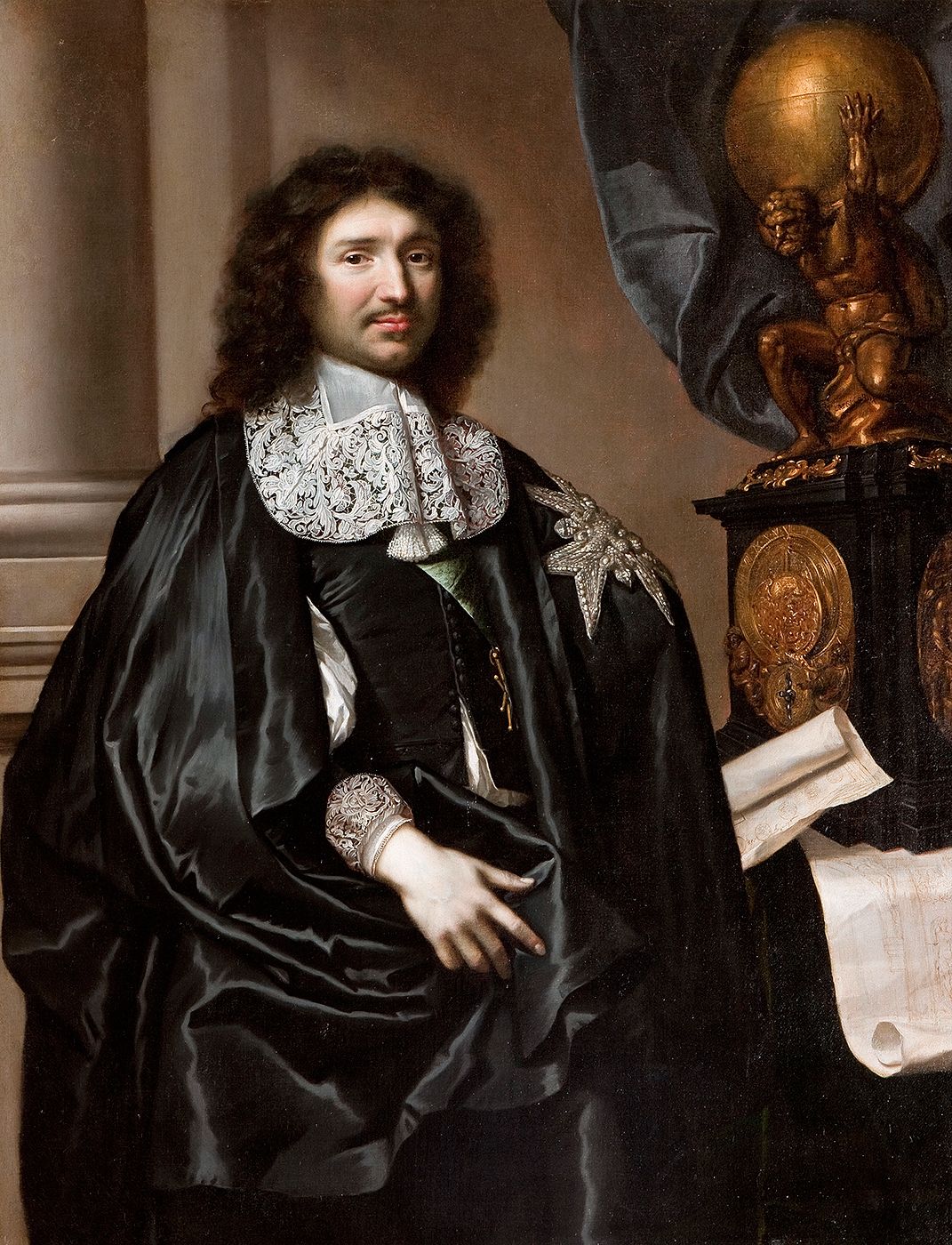|
Hall Of Mirrors
The Hall of Mirrors () is a grand Baroque architecture, Baroque style gallery and one of the most emblematic rooms in the royal Palace of Versailles near Paris, France. The grandiose ensemble of the hall and its adjoining salons was intended to illustrate the power of the Absolute monarchy, absolutist monarch Louis XIV. Located on the first floor (''piano nobile'') of the palace's central body, it faces west towards the Gardens of Versailles, palace gardens. The Hall of Mirrors has been the scene of events of great historic significance, including the Proclamation of the German Empire and the signing of the Treaty of Versailles. Cultural and historical background Construction In 1623, King Louis XIII ordered the construction of a modest two-story hunting lodge at Versailles, which he soon enlarged to a château from 1631 to 1634. His son Louis XIV declared the site his future permanent residence in 1661 and ordered the transformation into an extensive residence in several ... [...More Info...] [...Related Items...] OR: [Wikipedia] [Google] [Baidu] |
Corps De Logis
In architecture, a ''corps de logis'' () is the principal or main block, or central building of a mansion, country or manor house, castle, or palace. It contains the rooms of principal business, the state apartments and the ceremonial or formal entry.Curl, James Stevens (2006). ''Oxford Dictionary of Architecture and Landscape Architecture'', 2nd edition. Oxford and New York: Oxford University Press, p. 204. . The grandest and finest rooms within the ''corps de logis'' are often found not at grade level, but on the first or even the second floor above. This floor is often referred to as the Italian ''piano nobile'', the French '' bel étage'', or the German '' beletage''. The ''corps de logis'' is usually flanked by lower, secondary wings, such as the ''barchesse'' of Venetian villas. When the secondary wings form a three sided courtyard, the courtyard is known as the ''cour d'honneur'', as opposed to a quadrangle when a fourth wing encloses it. Examples of a ''corps de logi ... [...More Info...] [...Related Items...] OR: [Wikipedia] [Google] [Baidu] |
Capital (architecture)
In architecture, the capital () or chapiter forms the topmost member of a column (or a pilaster). It mediates between the column and the load thrusting down upon it, broadening the area of the column's supporting surface. The capital, projecting on each side as it rises to support the abacus, joins the usually square abacus and the usually circular shaft of the column. The capital may be convex, as in the Doric order; concave, as in the inverted bell of the Corinthian order; or scrolling out, as in the Ionic order. These form the three principal types on which all capitals in the classical tradition are based. The Composite order was formalized in the 16th century following Roman Imperial examples such as the Arch of Titus in Rome. It adds Ionic volutes to Corinthian acanthus leaves. From the highly visible position it occupies in all colonnaded monumental buildings, the capital is often selected for ornamentation; and is often the clearest indicator of the architec ... [...More Info...] [...Related Items...] OR: [Wikipedia] [Google] [Baidu] |
Nine Years' War
The Nine Years' War was a European great power conflict from 1688 to 1697 between Kingdom of France, France and the Grand Alliance (League of Augsburg), Grand Alliance. Although largely concentrated in Europe, fighting spread to colonial possessions in the Americas, India, and West Africa. Related conflicts include the Williamite war in Ireland, and King William's War in North America. Louis XIV of France emerged from the Franco-Dutch War in 1678 as the most powerful monarch in Europe. Using a combination of aggression, annexation, and quasi-legal means, he then set about extending his gains to strengthen France's frontiers, culminating in the 1683 to 1684 War of the Reunions. The Truce of Ratisbon guaranteed these new borders for twenty years, but concerns among European Protestant states over French expansion and Edict of Fontainebleau, anti-Protestant policies led to the creation of the Grand Alliance, headed by William III of England, William of Orange. In September 1688 ... [...More Info...] [...Related Items...] OR: [Wikipedia] [Google] [Baidu] |
Guéridon
A guéridon is a small table supported by one or more columns, or sculptural human or Mythology, mythological figures, often with a circular top. The guéridon originated in France towards the middle of the 17th century. The supports for early guéridons were often modeled on ancient Egyptian and ancient Greece, Greek as well as various African human traditional figures (inspired by caryatids). While often serving humble purposes, such as to hold a candlestick or vase, the guéridon could be a high-style decorative piece of court furniture. By the time of Louis XIV of France, Louis XIV's death in 1715, there were several hundred guéridons at Palace of Versailles, Versailles, and within a generation they had taken on a nearly endless number of forms: columns, tripods, termini (architecture), termini and mythological figures. Some of the simpler and more artistic forms were of wood carved with familiar decorative motives and gilded. Silver, enamel, and indeed almost any material fro ... [...More Info...] [...Related Items...] OR: [Wikipedia] [Google] [Baidu] |
Venetian Republic
The Republic of Venice, officially the Most Serene Republic of Venice and traditionally known as La Serenissima, was a sovereign state and Maritime republics, maritime republic with its capital in Venice. Founded, according to tradition, in 697 by Paolo Lucio Anafesto, over the course of its History of the Republic of Venice, 1,100 years of history it established itself as one of the major European commercial and naval powers. Initially extended in the ''Dogado'' area (a territory currently comparable to the Metropolitan City of Venice), during its history it annexed a large part of Northeast Italy, Istria, Dalmatia, the coasts of present-day Montenegro and Albania as well as numerous islands in the Adriatic Sea, Adriatic and eastern Ionian Sea, Ionian seas. At the height of its expansion, between the 13th and 16th centuries, it also governed Crete, Cyprus, the Peloponnese, a number of List of islands of Greece, Greek islands, as well as several cities and ports in the eastern Me ... [...More Info...] [...Related Items...] OR: [Wikipedia] [Google] [Baidu] |
Saint-Gobain
Compagnie de Saint-Gobain S.A. () is a French multinational corporation, founded in 1665 in Paris as the Manufacture royale de glaces de miroirs, and today headquartered on the outskirts of Paris, at La Défense and in Courbevoie. Originally a mirror manufacturer, it also produces a variety of construction, high-performance, and other materials. Saint-Gobain is present in 76 countries and employs more than 170,000 people. History 1665–1789: Manufacture royale Since the mid-17th century, luxury products such as silk textiles, lace, and mirrors were in high demand. In the 1660s, mirrors had become very popular among the upper classes of society: Italian cabinets, châteaux, ornate side tables, and pier-tables were decorated with these expensive and luxurious products. At the time, however, the French were not known for mirror technology; instead, the Republic of Venice was known as the world leader in glass manufacturing, controlling a technical and commercial monopol ... [...More Info...] [...Related Items...] OR: [Wikipedia] [Google] [Baidu] |
Jean-Baptiste Colbert
Jean-Baptiste Colbert (; 29 August 1619 – 6 September 1683) was a French statesman who served as First Minister of State from 1661 until his death in 1683 under the rule of King Louis XIV. His lasting impact on the organization of the country's politics and markets, known as Colbertism, a doctrine often characterized as a variant of mercantilism, earned him the nickname ''le Grand Colbert'' (; "the Great Colbert"). A native of Reims, he was appointed Intendant of Finances on 4 May 1661. Colbert took over as Controller-General of Finances, a newly created position, in the aftermath of the arrest of Nicolas Fouquet for embezzlement, an event that led to the abolishment of the office of Superintendent of Finances. He worked to develop the domestic economy by raising tariffs and encouraging major public works projects, as well as to ensure that the French East India Company had access to foreign markets, so that they could always obtain coffee, cotton, dyewoods, fur, pepper, ... [...More Info...] [...Related Items...] OR: [Wikipedia] [Google] [Baidu] |
Manufacture Royale De Glaces De Miroirs
Compagnie de Saint-Gobain S.A. () is a French multinational corporation, founded in 1665 in Paris as the Manufacture royale de glaces de miroirs, and today headquartered on the outskirts of Paris, at La Défense and in Courbevoie. Originally a mirror manufacturer, it also produces a variety of construction, high-performance, and other materials. Saint-Gobain is present in 76 countries and employs more than 170,000 people. History 1665–1789: Manufacture royale Since the mid-17th century, luxury products such as silk textiles, lace, and mirrors were in high demand. In the 1660s, mirrors had become very popular among the upper classes of society: Italian cabinets, châteaux, ornate side tables, and pier-tables were decorated with these expensive and luxurious products. At the time, however, the French were not known for mirror technology; instead, the Republic of Venice was known as the world leader in glass manufacturing, controlling a technical and commercial monopol ... [...More Info...] [...Related Items...] OR: [Wikipedia] [Google] [Baidu] |
Attic Style
In classical architecture, the term attic refers to a storey or a parapet above the cornice of a classical façade. The decoration of the topmost part of a building was particularly important in ancient Greek architecture and this came to be seen as typifying the ''Attica'' style, the earliest example known being that of the monument of Thrasyllus in Athens. It was largely employed in Ancient Rome, where their triumphal arches utilized it for inscriptions or for bas-relief sculpture. It was used also to increase the height of enclosure walls such as those of the Forum of Nerva. By the Italian revivalists it was utilized as a complete storey, pierced with windows, as found in Andrea Palladio's work in Vicenza and in Greenwich Hospital, London. One well-known large attic surmounts the entablature of St. Peter's Basilica, which measures in height. Decorated attics with pinnacles are often associated with the Late Renaissance (Mannerist architecture) period in Poland an ... [...More Info...] [...Related Items...] OR: [Wikipedia] [Google] [Baidu] |







